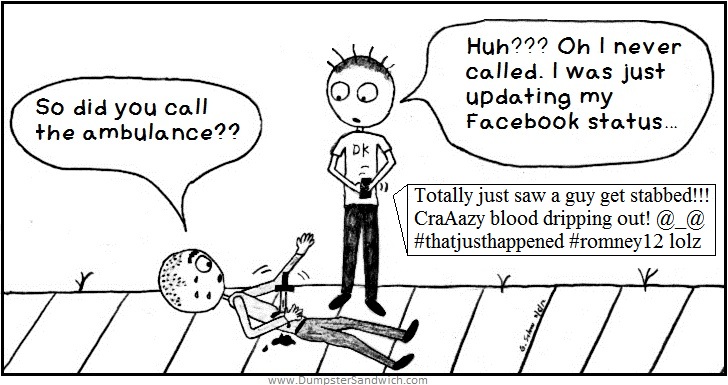Topic: attitudes applied to health
The New York Times Article “Overweight Patients Face Bias,” highlights a study that suggests that thin patients are treated more warmly and more emphatically than patients who are overweight or obese1.
The study, conducted by researchers at John Hopkins, reviewed recorded discussions between primary care doctors and 200+ patients with high blood pressure. Most of the patients there to talk about blood pressure fell into the category of overweight or obese. Twenty-eight subjects were of normal weight (having a BMI of less than 25).
While all patients were treated in about the same manner, a striking difference was observed when the researchers reviewed the transcripts of the visits. As the article posits, “Doctors seemed just a bit nicer to their normal-wight patients, showing more empathy and warmth in their conversations.”
“It’s not like the physicians were being overtly negative or harsh,” asserts author Dr. Kimberly A. Gudzune,” they were just not engaging patients in that rapport-building or making that emotional connection with the patient.”
When conversing with normal weight patients, doctors commented with concern. As an example, the article cites a case where a “patient lamented a scar on her leg after surgery and the ugly shoes she was forced to wear.” The doctor replied saying “You went through a lot. You still got great legs. Chunky shoes are in. Get something pretty, something for spring. That always makes you feel good.”
These expressions of empathy were absent in conversations with overweight and obese patients.
While the statements themselves are not remarkable, studies have shown that patients are more likely to “follow a doctor’s advice and to have a better health outcome when they believe their doctors empathizes with their plight.”
Overweight patients, furthermore, often feel that the doctor doesn’t help and, in fact, insults them by reminding and attributing all of their issues to their weight, which makes these patients less willing to visit the doctor.
Dr. Katz admonishes, “doctors often show the same biases and prejudices as the culture at large. The problem may be compounded by the fact that doctors are trained to deal with immediate medical problems that have specific solution, like a pill to lower blood pressure or emergency treatment for a heart attack. But obesity is a far more complex problem that isn’t easy to solve, and that can be frustrating to doctors.
The solution? Dr. Katz recommends training medical students and doctors to understand the complex nature of obesity as well as their own (perhaps subconscious) biases…”
I found this article particularly interesting because it demonstrates how studying attitudes (and, more specifically, biases) is relevant to health care.
An attitude is the relationship between an object and the evaluation of that object (ie. person, issue, object). In the article we see a few general attitudes. 1) In general, doctors are insensitive to individuals who are obese (attitude of the patient). 2) In general, most of an obese patients health issues are weight related, and these patients should be advised to lose weight (attitude of doctor). These attitudes, aside from being overly simplified, also point to deeper, more problematic issues: obese patients are less likely to visit the doctor, & doctors treat obese patients less compassionately (even though they may not be conscious of doing so).
While it might be easier to train medical students and doctors to revisit compassion for all patents (regardless of health, size, gender. etc), it is harder to change the overall stigma of obesity, and thus difficult to flip attitudes about obesity (not only from doctors, but from society as a whole). Since the bias towards thin patients happens at the subconscious level, a person may not realize that she is treating an obese person any differently than someone of healthy BMI (and if she does recognize that she is treating the individual different, then she may not realize that she is treating the person differently because of his weight — and that may not be the only factor).
On the other side of the coin, it would be particularly difficult to flip attitudes that doctors are insensitive to the plight of the obese as well, because we tend to process information as congruent with our attitudes. Obese patients may be more sensitive to discussion about weight than the average-sized person, even when the doctor is not suggesting that the patient lose weight. While obese individuals might agree that doctors, generally, are useful, and visiting them regularly is good, they might not actually behave in ways that are congruent with their opinions, even when the consequences of not getting regularly checkups is lethal (such as the case where a terminal illness develops, an illness that could be treated if it had been detected earlier).
Thus, research about attitudes is invaluable in bridging the gap between patients and doctors.
1Overweight Patients Face Bias. New York Times. Retrieved April 29, 2013, from: http://well.blogs.nytimes.com/2013/04/29/overweight-patients-face-bias/?hpw











